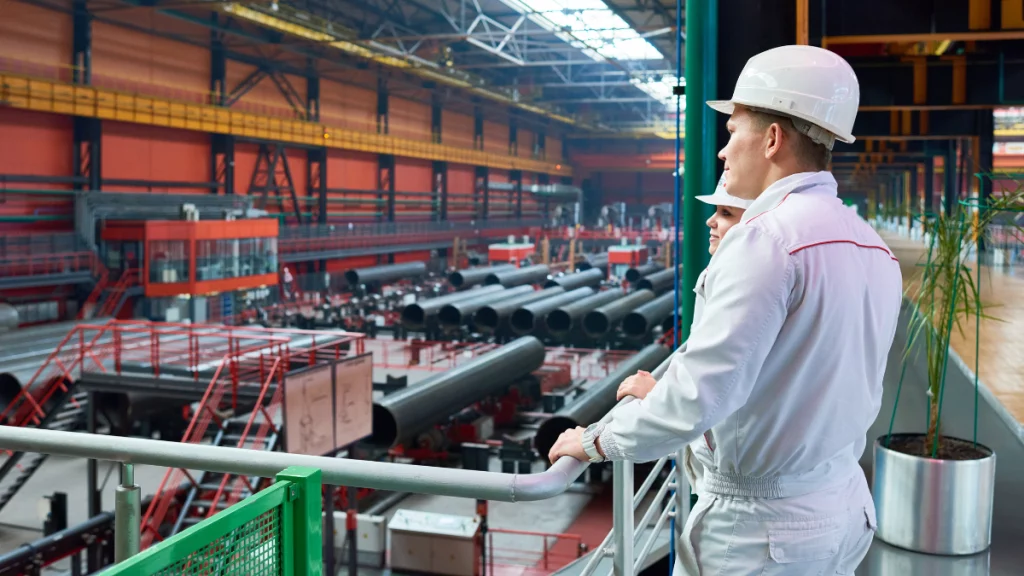The Toyota 3M Model stems from the Toyota Production System and has helped many business leaders to manage and eliminate inefficiencies within their processes. In the past, companies have created new products or revenue streams to increase their profits. However, by implementing lean manufacturing tools and practices, and the Toyota 3M Model, companies have discovered alternative ways to do this.
The goal of lean manufacturing is to eliminate wasteful activities to deliver more value to the end customer. But, when discussing waste in this context, it is common to only consider the Seven Wastes of Lean Manufacturing or just muda from the Toyota 3M Model. In short, mura and muri are often disregarded. Nevertheless, getting familiar with both of these is essential as they are likely to have caused muda to occur in the first place. So, by getting a good understanding of all three M’s in the Toyota 3M Model, this will surely help any business streamline their processes.
The Toyota 3M Model: Muda, Mura, Muri
The “3M” in the Toyota 3M Model is made up of three Japanese words: muda, mura, and muri. Moreover, these three words translates to waste, unevenness, and overburden in English. Let’s explore each of these three M’s in more detail to gain a better understanding of what the Toyota 3M Model is.
Muda
Muda translates to waste and it refers to anything that does not add value to the creation of a product/service for the end customer. In essence, if any step in your process costs money, consumes time and resources, but adds no value to your end product/service, then it is considered waste.
Muda in the Toyota 3M Model is categorized into seven main types:
- 1. Overproduction
- 2. Inventory
- 3. Defects
- 4. Motion
- 5. Over-processing
- 6. Waiting
- 7. Transport
In sum, these seven categories are also known better as the Seven Wastes of Lean Manufacturing.
Mura
Mura translates to unevenness and it refers to any variation or fluctuation that affects your processes. Essentially, in business process terms, mura is defined as any inconsistencies in your business operations that may lead to fluctuations in your production.
There are several factors that influence variation in your process. For example:
- 1. Variance in customer demands or expectations
- 2. Variance in a product line up
- 3. Variance in the production process steps
- 4. Variance in the production methods
Mura often occurs when you change your production process often. However, it can also occur when workloads are uneven, and when there is an excess quantity in work-in-process between steps in your process.
In short, mura leads to muda. That is to say, variation leads to waiting and inventory — two of the seven types of wastes outlined above. But, mura can also lead to muri. Because there is variation in your process, there can be situations where your machines and teams will need to work beyond their capacity to meet demand. As a result, this leads to overburdening.
Muri
Muri translates to overburden and in business process terms, it refers to putting too much stress and strain on your people and your machines. For example, this occurs when employees work overtime to meet targets, leading to burnouts. Another example is when machines are operating at 100% capacity, leading to breakdowns.
Because there is often variation in work or production process speed, your employees and machines may be subject to exert effort and energy that is beyond their capacity. So, Muri also leads to muda. To clarify, when you have overburdened equipment and overworked employees, your quality will decline. Consequently, the chances of you producing defected products become higher as well. And if your team isn’t producing products that meet the expectations of your end customer, then the chances of overproduction, over-processing, inventory, and motion increases significantly.
Tackling the 3M's with TheLeanSuite
Once you’ve successfully identified muda, mura, and muri in your production process, the next step is to resolve them right away. However, it is important to keep in mind that waste, variation, and overburden will be difficult to completely eliminate. Nonetheless, by having the right tools and solutions you can manage the 3M’s in the Toyota 3M model, making your process leaner.
At TheLeanSuite, we have made it our mission to provide businesses with an all-in-one lean software. That is to say, our software offers various built-in apps designed to ultimately help you tackle the 3M’s. Whether you’re trying to collect suggestions for improvement opportunities or improve your quality control and ensure compliance, we have the solutions you need to create a leaner business.





